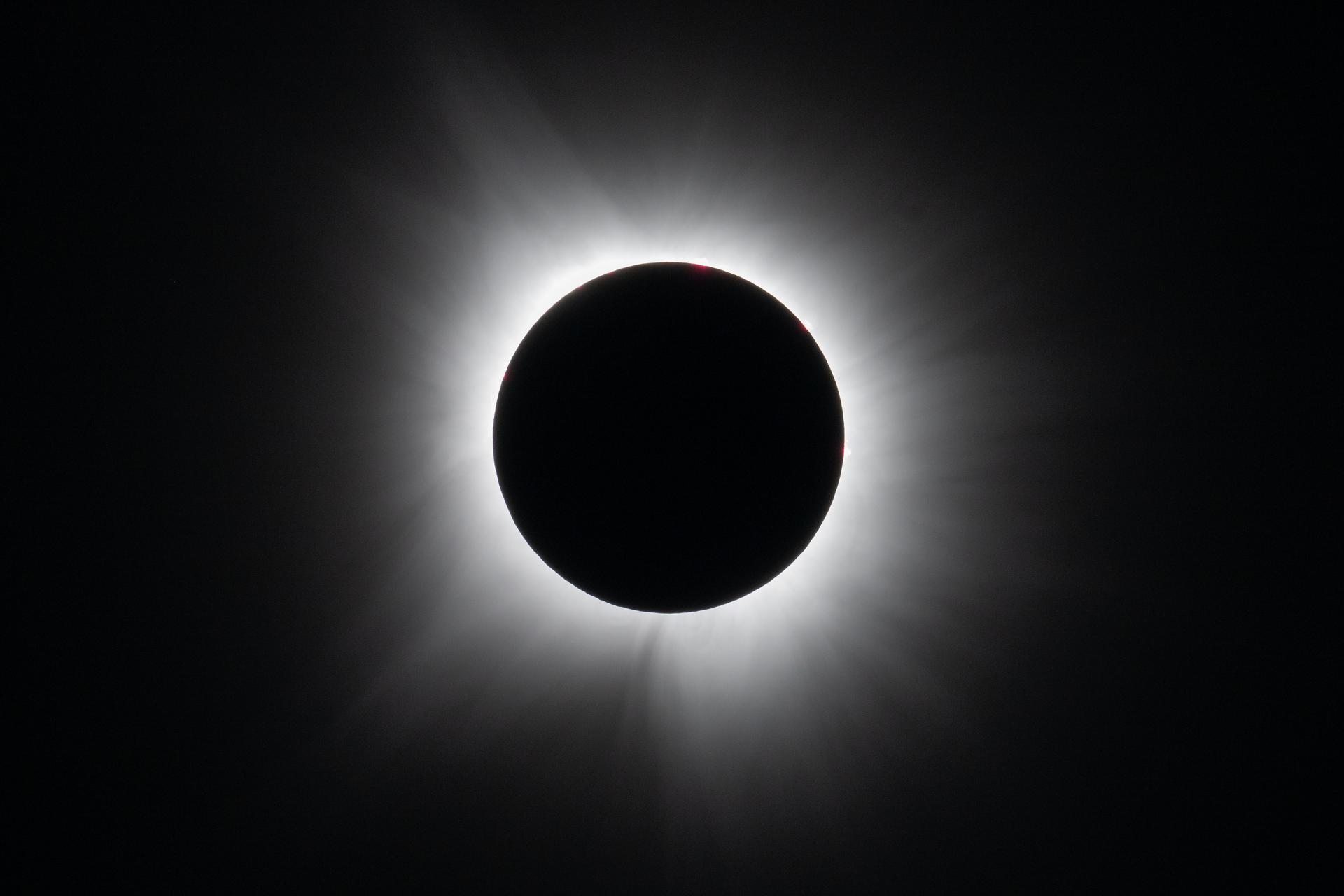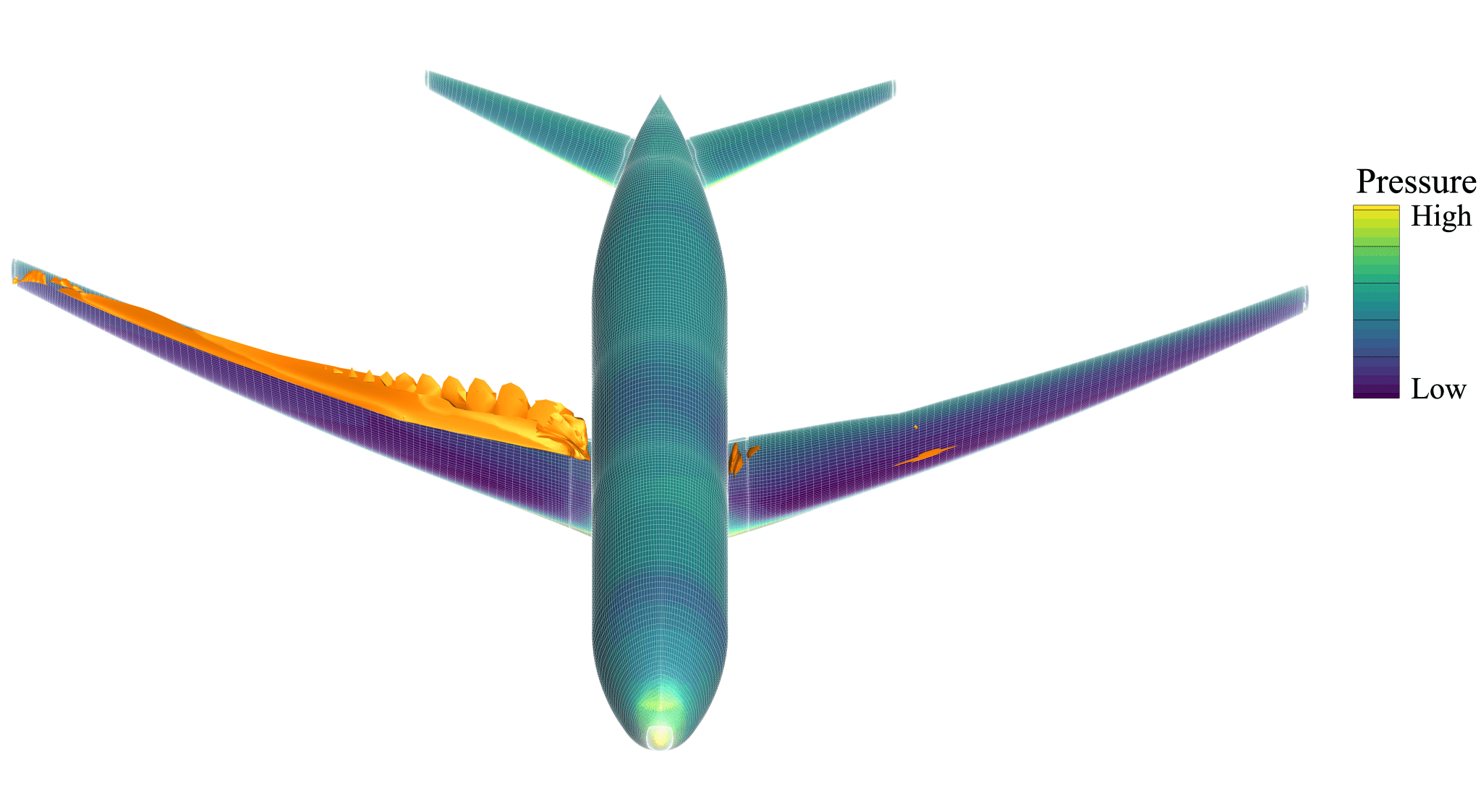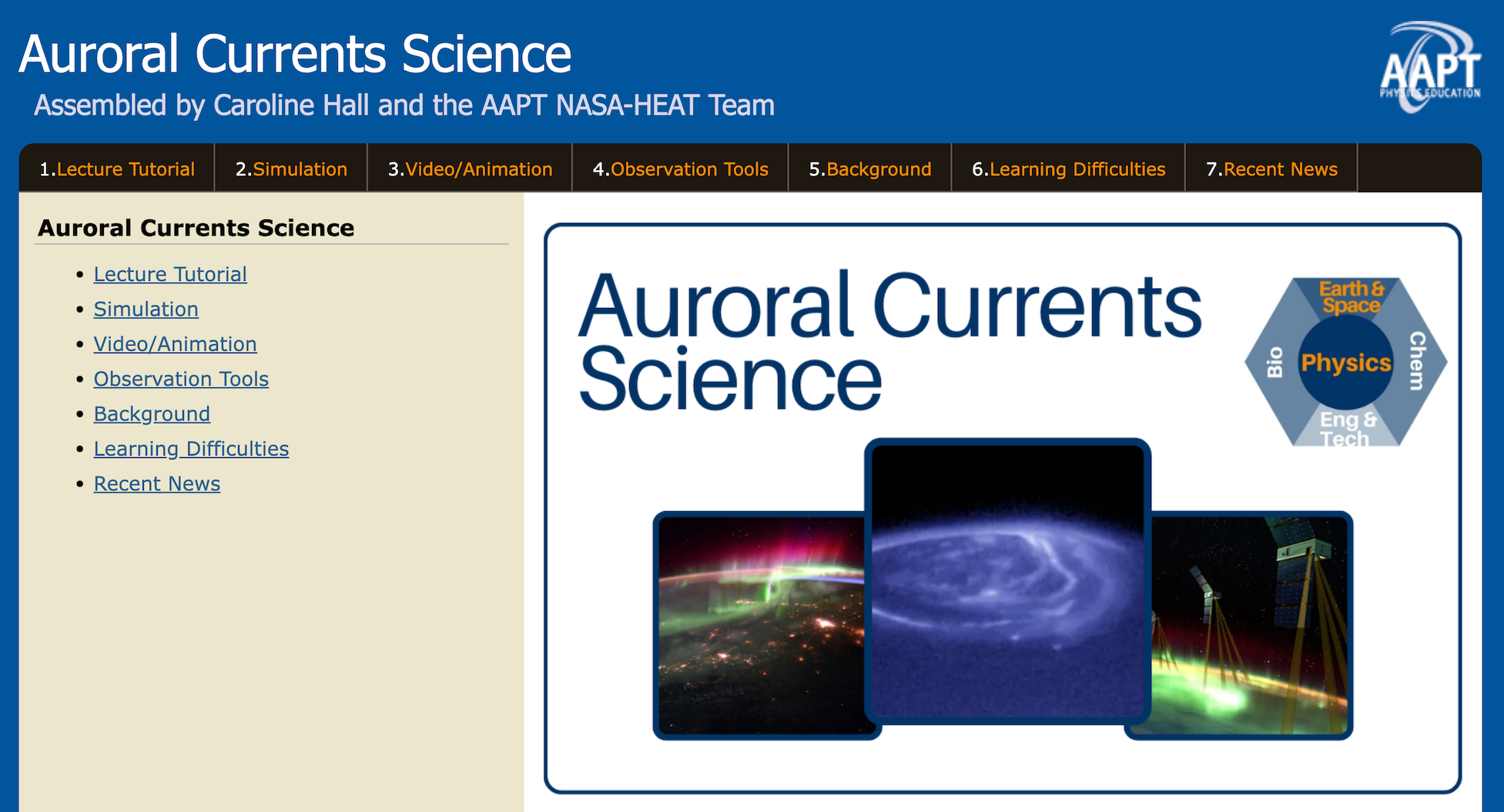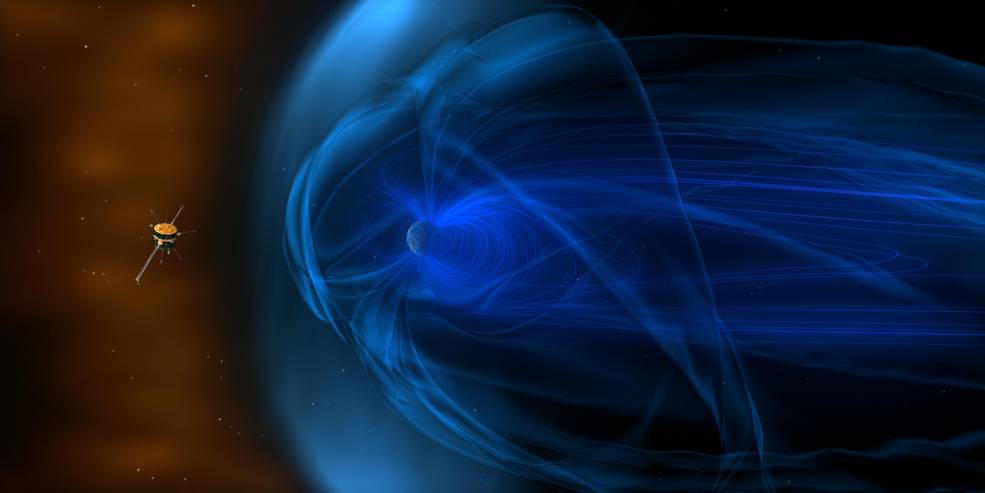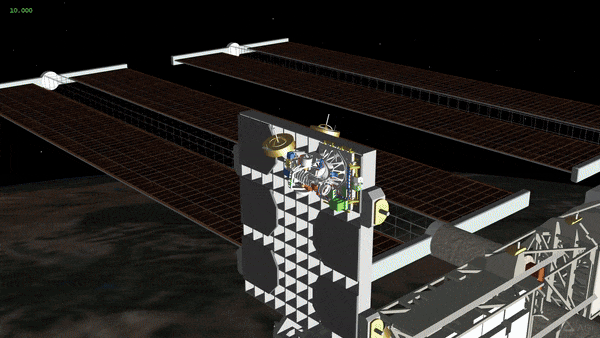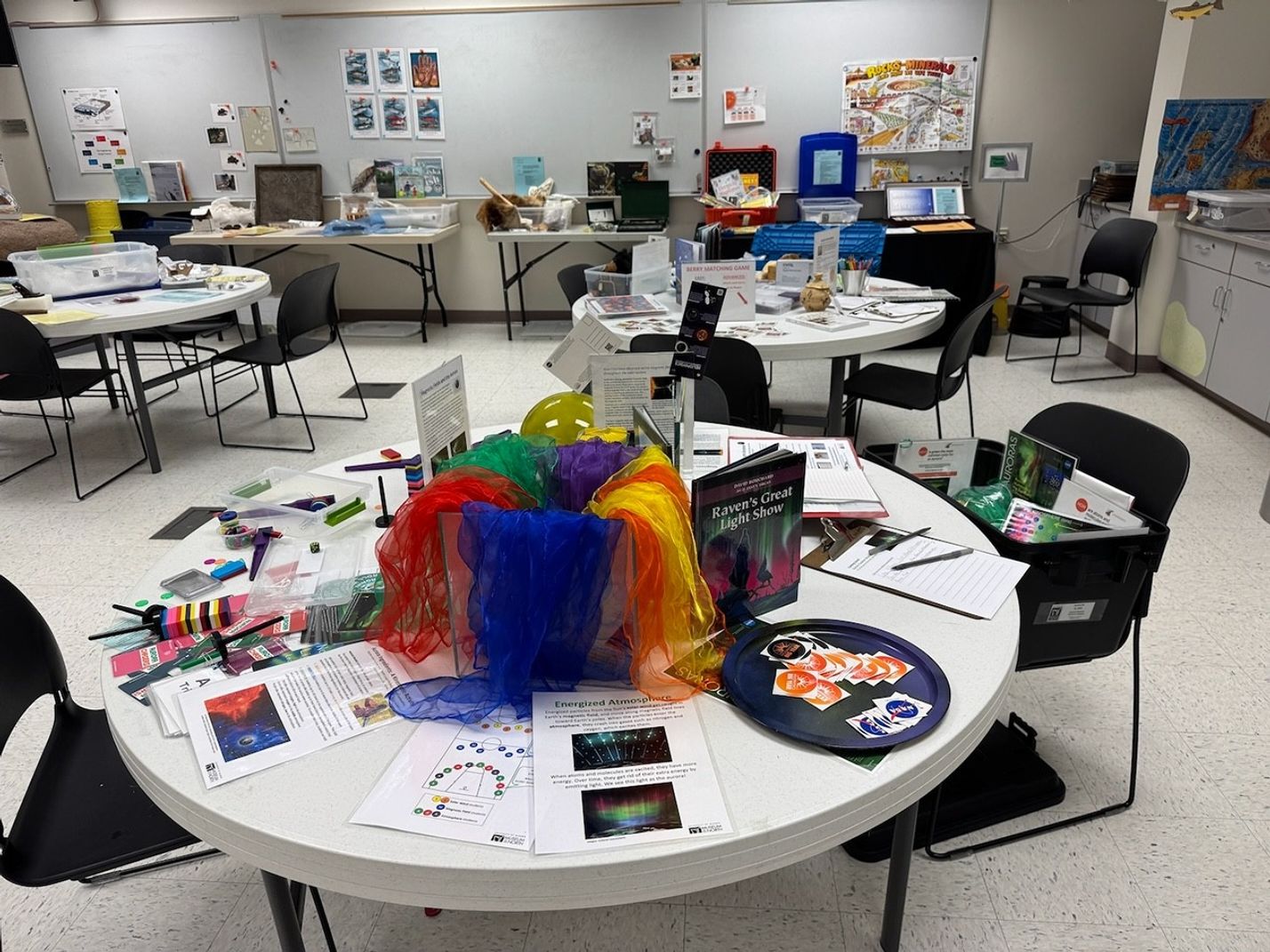5 Min Read Scientists Share Early Results from NASA’s Solar Eclipse Experiments On April 8, 2024, a total solar eclipse swept across a narrow portion of the North American continent from Mexico’s Pacific coast to the Atlantic coast of Newfoundland, Canada. This photo was taken from Dallas, Texas. Credits: NASA/Keegan Barber On April 8, 2024, a total solar eclipse swept across North America, from the western shores of Mexico, through the United States, and into northeastern Canada. For the eclipse, NASA helped fund numerous research projects and called upon citizen…
Read MoreTag: Heliophysics
NASA JPL Unveils the Dr. Edward Stone Exploration Trail
JPL Director Laurie Leshin, flanked by a model of the Voyager spacecraft and an image of Ed Stone, addresses the audience during the unveiling of the Dr. Edward Stone Exploration Trail on Dec. 6, 2024, at the lab. Ed Stone Memorial Plaque Dedication Ceremony Requester: Susie Woodall Date: 06-DEC-2024 Photographer: Ryan Lannom A series of plaques stretching through the heart of the agency’s Jet Propulsion Laboratory offers highlights of the space explorer’s career and the Voyager mission he led. Family members, colleagues, and local dignitaries gathered on Friday, Dec. 6,…
Read MoreNASA Awards Contract for NOAA’s Next-Generation Space Weather Sensors
NASA, on behalf of the National Oceanic and Atmospheric Administration (NOAA), has selected Johns Hopkins University’s Applied Physics Laboratory of Laurel, Maryland, to build the Suprathermal Ion Sensors for the Lagrange 1 Series project, part of NOAA’s Space Weather Next Program. This cost-plus-fixed-fee contract is valued at approximately $20.5 million and includes the development of two Suprathermal Ion Sensor instruments. The anticipated period of performance for this contract will run through Jan. 31, 2034. The work will take place at the awardee’s facility in Maryland, NASA’s Goddard Space Flight Center…
Read MoreSix Ways Supercomputing Advances Our Understanding of the Universe
At NASA, high-end computing is essential for many agency missions. This technology helps us advance our understanding of the universe – from our planet to the farthest reaches of the cosmos. Supercomputers enable projects across diverse research, such as making discoveries about the Sun’s activity that affects technologies in space and life on Earth, building artificial intelligence-based models for innovative weather and climate science, and helping redesign the launch pad that will send astronauts to space with Artemis II. These projects are just a sample of the many on display in…
Read MoreHurricane Helene’s Gravity Waves Revealed by NASA’s AWE
2 min read Hurricane Helene’s Gravity Waves Revealed by NASA’s AWE On Sept. 26, 2024, Hurricane Helene slammed into the Gulf Coast of Florida, inducing storm surges and widespread impacts on communities in its path. At the same time, NASA’s Atmospheric Waves Experiment, or AWE, recorded enormous swells in the atmosphere that the hurricane produced roughly 55 miles above the ground. Such information helps us better understand how terrestrial weather can affect space weather, part of the research NASA does to understand how our space environment can disrupt satellites, communication…
Read MoreBundling the Best of Heliophysics Education: DigiKits for Physics and Astronomy Teachers
Learn Home Bundling the Best of… For Educators Overview Learning Resources Science Activation Teams SME Map Opportunities More Science Activation Stories Citizen Science 3 min read Bundling the Best of Heliophysics Education: DigiKits for Physics and Astronomy Teachers For nearly a decade, the American Association of Physics Teachers (AAPT) has been working to bring together resources through its DigiKits–multimedia collections of vetted high-quality resources for teachers and their students. These resources are toolkits, allowing teachers to pick and choose interesting content to support their instruction. As a partner with…
Read More30 Years On, NASA’s Wind Is a Windfall for Studying our Neighborhood in Space
5 min read 30 Years On, NASA’s Wind Is a Windfall for Studying our Neighborhood in Space An artist’s concept of NASA’s Wind spacecraft outside of Earth’s magnetosphere. NASA Picture it: 1994. The first World Wide Web conference took place in Geneva, the first Chunnel train traveled under the English Channel, and just three years after the end of the Cold War, the first Russian instrument on a U.S. spacecraft launched into deep space from Cape Canaveral. The mission to study the solar wind, aptly named Wind, held promise for…
Read MoreNASA to Launch Innovative Solar Coronagraph to Space Station
5 min read NASA to Launch Innovative Solar Coronagraph to Space Station NASA’s Coronal Diagnostic Experiment (CODEX) is ready to launch to the International Space Station to reveal new details about the solar wind including its origin and its evolution. Launching in November 2024 aboard SpaceX’s 31st commercial resupply services mission, CODEX will be robotically installed on the exterior of the space station. As a solar coronagraph, CODEX will block out the bright light from the Sun’s surface to better see details in the Sun’s outer atmosphere, or corona. In…
Read MoreEducator Night at the Museum of the North: Activating Science in Fairbanks Classrooms
Learn Home Educator Night at the Museum… Heliophysics Overview Learning Resources Science Activation Teams SME Map Opportunities More Science Activation Stories Citizen Science 2 min read Educator Night at the Museum of the North: Activating Science in Fairbanks Classrooms The NASA Heliophysics Education Activation Team (NASA HEAT) set out to activate science in Fairbanks classrooms in early October at the University of Alaska’s Museum of the North annual Educators’ Night. This free Fall semester event introduces educators and school staff to a variety of resources and connections, connecting attendees…
Read MoreSail Along with NASA’s Solar Sail Tech Demo in Real-Time Simulation
Unable to render the provided source NASA invites the public to virtually sail along with the Advanced Composite Solar Sail System‘s space journey using NASA’s “Eyes on the Solar System” visualization tool, a digital model of the solar system. This simulation shows the real-time positions of the planets, moons, and spacecraft – including NASA’s Advanced Composite Solar Sail System. Solar sails use the pressure of sunlight for propulsion, angling toward or away from the Sun so that photons bounce off the reflective sail to push a spacecraft. This eliminates the need for heavy…
Read More